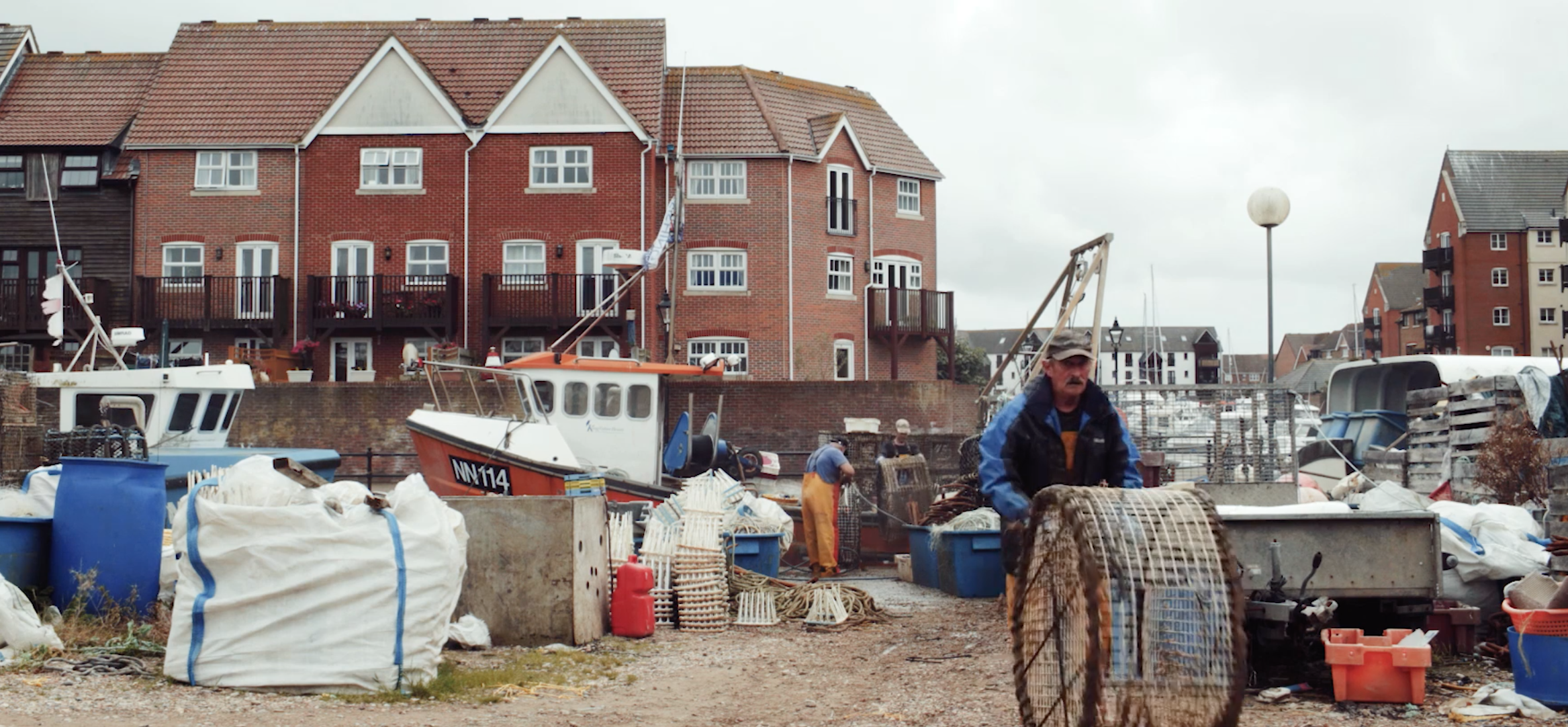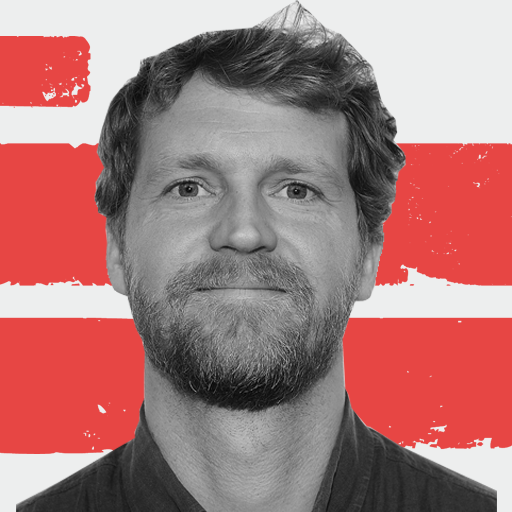Like so many small-scale fleets across the UK, fishers in Eastbourne have been squeezed to the point of extinction. That’s why four years ago, local fisherman Graham Doswell decided it was time for the people of Eastbourne to take control of their own future. With the help of NEF, he has led an effort to secure a sustainable future for the inshore fleet – and with it, a better future for the whole community. This is his story. One of the most rewarding parts of working with communities is the relationships and trust you can build, and the friendships that can
Topics:
neweconomics considers the following as important:
This could be interesting, too:
Robert Vienneau writes Austrian Capital Theory And Triple-Switching In The Corn-Tractor Model
Mike Norman writes The Accursed Tariffs — NeilW
Mike Norman writes IRS has agreed to share migrants’ tax information with ICE
Mike Norman writes Trump’s “Liberation Day”: Another PR Gag, or Global Reorientation Turning Point? — Simplicius
Like so many small-scale fleets across the UK, fishers in Eastbourne have been squeezed to the point of extinction. That’s why four years ago, local fisherman Graham Doswell decided it was time for the people of Eastbourne to take control of their own future. With the help of NEF, he has led an effort to secure a sustainable future for the inshore fleet – and with it, a better future for the whole community. This is his story.
One of the most rewarding parts of working with communities is the relationships and trust you can build, and the friendships that can result from shared ambitions and long-term goals. Despite differences in background, outlook and politics, at grassroots level if the change you want to see on the ground is the same, then those differences fall away and you can get on with making that change happen.

I’ve been very fortunate that over the past two years I’ve been working on the ground in Sovereign Harbour, Eastbourne, to help small-scale fishermen access the funding they need to transform their future by taking control of their own seafood supply chains. As part of NEF’s Blue New Deal for coastal communities, we identified that access to funding was a barrier to a sustainable future for these inshore fishermen, so we offered to help to maintain and create jobs in the local fishing industry, and strengthen supply chains and the community that relies on them.
As soon as the word got out we were approached by Graham Doswell, a director of the Eastbourne under ten meter Community Interest Company (CIC) to help them apply for funding under the European Maritime and Fisheries Fund (EMFF, 2014-2020). In 2013 fishermen in Eastbourne had set up a CIC to buy the land they work on inside the harbour. However they were competing with a plan to use the same space for luxury harbourside apartments and couldn’t agree the land purchase without funding in place to develop it as a fisherman’s quay. This condition meant their shared vision looked impossible.
Despite small-scale fishers being a priority for this EU funding stream, the reality is these grant applications are long, technical and to ensure transparency are also very bureaucratic. While designed with good intentions, the way they are managed by the UK administering body means that most small-scale fishers just don’t bother (in part based on their experience applying to the previous European Fisheries Fund scheme).

Over 18 months working with Graham and others, building relationships with the marine management organisation (who administer the EU grants), the local and county councils and being persistent, we were delighted when in October this year we heard that we had been awarded the maximum intervention possible as an EMFF grant. We won £1 million to build and kit-out a processing unit on the quayside where they work, to give them control of their own fish sales and give them the ability to shape their own future, rather than relying on wholesalers and middle-men to provide the food they harvest from the sea.
Sovereign Harbour currently has no central point for the community. It’s a man-made harbour with mainly residential space, and the long-awaited community centre (hoped for through section 106 money) never materialised. Neither did the fishermen’s quay that was promised by the developer. This project changes all of that. It means the fleet will continue to have a place to work, to land their fish and add value to it, while also linking into their local community and markets. What was a dream for Graham for decades is now going to become reality.

During the application process we have also worked to help agree loans with East Sussex County Council and the Local Enterprise Partnership (as the EMFF funds are paid in arrears so bankrolling the project and purchasing the land, which is exempt from EU funding as it would be very easy to use grant funding to speculate on land price increases, are in themselves prohibitive for an industry which has been plagued by extremely low profitability for some fleet segments). Access to quota, access to grant and loan funding, and political support have all been in very low supply for inshore fishermen for decades.
NEF brought this community together – fishermen, local residents, businesses, local authorities, the chamber of commerce and others – through a Community Economic Development (CED) approach which NEF were running with Co-Ops UK and other partners, and helped this group shape their own CED plan for Sovereign Harbour and surrounding areas. It is this strategic shared vision that will help the fishermen’s quay become a success and ensure that the value created also stays in that local economy.
You can watch Graham’s story here.

